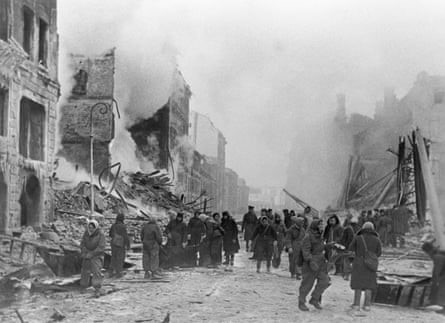Free Courses Sale ends Soon, Get It Now


Free Courses Sale ends Soon, Get It Now



Disclaimer: Copyright infringement not intended.
Context
Details
About
Background:
Siege and Blockade:
Humanitarian Crisis:
Resistance and Resilience:
Liberation and Aftermath:
Commemoration:
Conclusion
The siege of Leningrad stands as a tragic testament to the brutality of war and the resilience of the human spirit in the face of unimaginable suffering and hardship.
|
PRACTICE QUESTION Q. Examine the significance of the Nazi siege of Leningrad during World War II. Discuss its impact on the course of the war, the civilian population, and the subsequent historical memory. Also, analyze the role of resilience and cultural resistance in the context of the siege. (250 Words) |
© 2024 iasgyan. All right reserved